By having into consideration the following scheme:

We need to make sure that, if an association gets deleted, all the dogs that belong to that association, should also be deleted.
However, it makes sense to, while doing this, keep the relation that actually exists between Association and Dog tables, because, each association can have several Dogs, however, one Dog belong to only one Association. So I believe the foreign key configuration is correct.
I believe I should apply Cascade somewhere, but I'm not seeing where. :(
Please advice